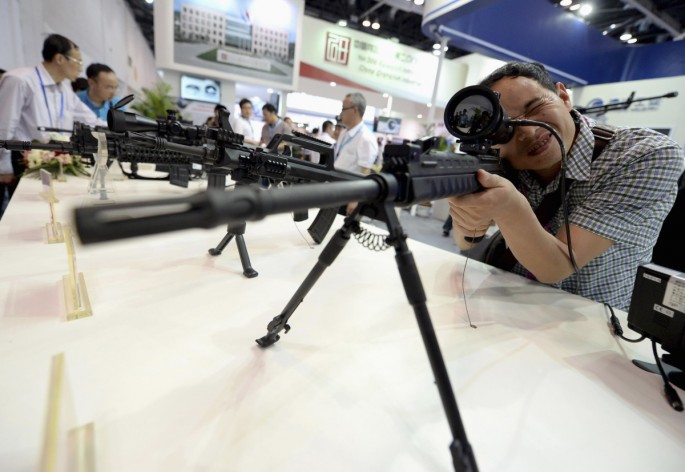The animal's name alone, armadillo, is a hint of its strong outer body cover that could even beat bullets. Two recent incidents proved that and was even dangerous to the owner of the weapon who shot the wild animal.
The most recent incident occurred in Thursday at about 3 a.m. when a homeowner in Marietta, Texas, spotted an armadillo and got his .38 caliber revolver to kill the animal outside his house. The man fired his gun thrice, but the bullet bounced off the armadillo's body and hit the shooter on the jaw, reports The Washington Post.
The shooter was flown by chopper to a nearby hospital and doctors wired shut his jaw. But it is unknown if the armadillo was injured by his two other bullets.
In April, a man in Georgia also fired his gun at an armadillo. The bullet likewise ricocheted, hit a fence and then entered the back door of his mother-in-law's mobile home. The woman, who was on a recliner, was struck in the back by the bullet, but the animal died, reports WALB News.
Because the 74-year-old victim, Carol Johnson, was not badly hurt, no charges were filed against her son-in-law. The two shooters probably fired at the armadillos which are being blamed for a spike in leprosy cases in Florida. The animal is naturally infected with leprosy, according to the Centers for Disease Control and Prevention, reports CNN.
In 2014, mechanical engineers from McGill University built a flexible armor inspired by the armadillo's protective skin which has hard plates embedded in soft tissues. To replicate the armor, the mechanical engineers carved a glass plate using laser into hexagonal segments. It was then attached with silicone glue to a soft rubber substrate.
The structure of the material provided 70 percent stronger resistance against puncture using a strong needle, reports Discovery.com. The researchers believe the material could be used in manufacturing protective coatings, flexible electronics and personal armors, said Francois Barthelat, leader of the team and associate professor at the university.
Their study was published in the Bioinspiration and Biomimetics journal.



























